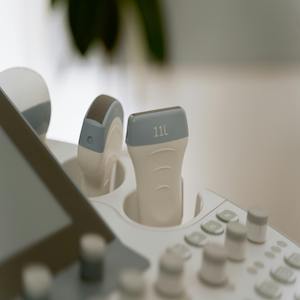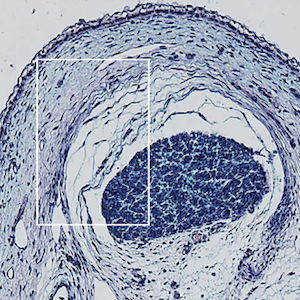Development of an algorithm for optimizing the implementation of ultrasound in the diagnostic workflow in clinical practice: preliminary phase of the RADIAL study, a project of the US Study Group of the Italian Society for Rheumatology

All claims expressed in this article are solely those of the authors and do not necessarily represent those of their affiliated organizations, or those of the publisher, the editors and the reviewers. Any product that may be evaluated in this article or claim that may be made by its manufacturer is not guaranteed or endorsed by the publisher.
Accepted: 12 March 2025
Authors
Objective. To develop and test an algorithm with the aim of optimizing the implementation of ultrasound in the diagnostic workflow in clinical practice.
Methods. Through a consensus among the Musculoskeletal Ultrasound (MSUS) Study Group of the Italian Society for Rheumatology, we identified clinical and laboratory variables to be included in 1000minds surveys to develop an algorithm driving clinical diagnostic suspicion. The algorithm would identify potential differential diagnoses where MSUS protocols targeted for specific diseases (rheumatoid arthritis, psoriatic arthritis, gout, calcium pyrophosphate deposition disease, polymyalgia rheumatica, and osteoarthritis) could be applied. The joint sites and elementary lesions for each disease were selected based on a previously performed systematic literature review (SLR) and consensus. Finally, we conducted a pilot study on patients with new-onset arthritis to assess the performance of the algorithm, comparing the algorithm-based diagnosis with the final clinical diagnosis.
Results. Based on the consensus and the surveys, age, the number of involved joints, anti-citrullinated protein antibody, rheumatoid factor, C-reactive protein, and erythrocyte sedimentation rate were included in the algorithm. The pilot study included 59 patients: median (interquartile range) age 62.2 (54.1-72.6) years, 78% female. The agreement between the diagnosis selected by the algorithm and the final diagnosis by the rheumatologist was 88.1%. The elementary lesions and joint sites included in the different MSUS protocols were selected based on the best diagnostic accuracy, as shown by the SLR and defined by the working group.
Conclusions. The developed algorithm was accurate in identifying the correct diagnosis. Thus, it could reliably drive the decision on the MSUS assessment to perform. The RADIAL study will further investigate the feasibility and added value of MSUS in the diagnostic workflow according to this newly developed clinical suspicion-driven algorithm.
Ethics Approval
The study was approved by the Comitato Etico di area vasta Emilia centrale, approval number 903/2020/Oss/AOUFe.How to Cite

This work is licensed under a Creative Commons Attribution-NonCommercial 4.0 International License.










